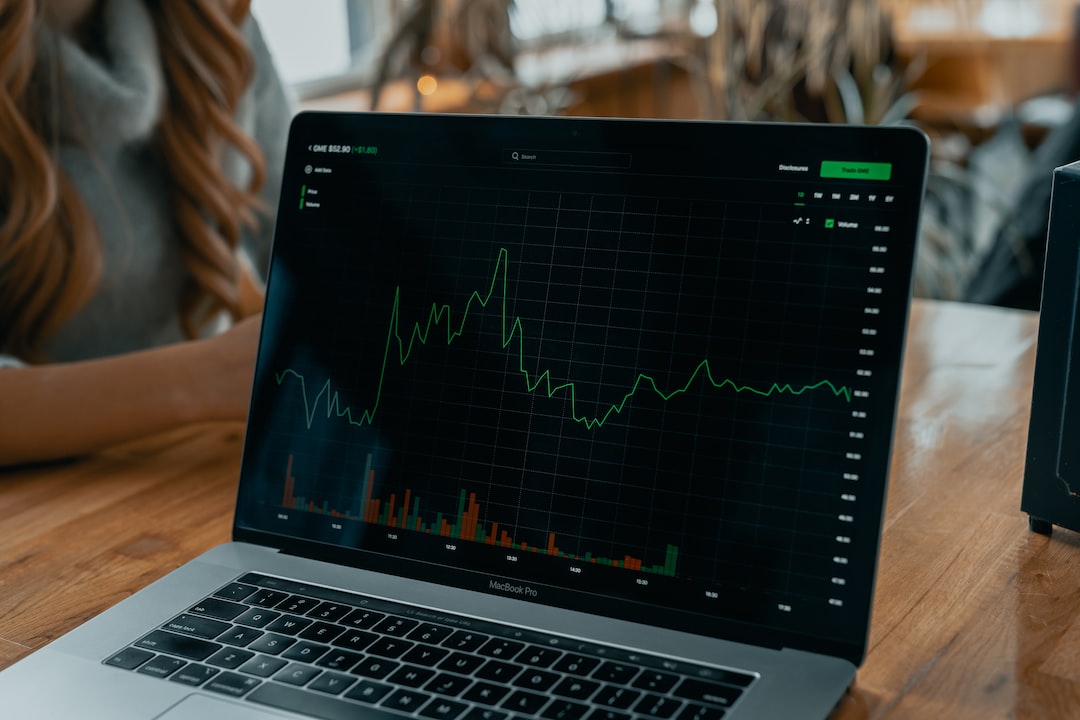Forex trading is essentially the buying and selling of different currencies. It is a global market where currencies are traded 24 hours a day, five days a week. As with any market, supply and demand are the driving forces behind forex prices. Understanding how to tell the supply and demand levels in forex is crucial for any trader looking to make informed decisions.
Supply and demand in forex
Supply and demand levels in forex refer to the points where buyers and sellers are willing to enter or exit the market. When there is more demand for a currency, its price goes up, and when there is more supply, the price goes down. The balance between supply and demand is what determines the price of a currency pair.
There are several factors that can influence supply and demand in forex. Economic indicators such as interest rates, inflation, GDP, and employment figures can affect the demand for a currency. Political stability and global events can also have an impact on the supply and demand levels of a currency.
How to identify supply and demand levels
1. Support and resistance levels
Support and resistance levels are the most commonly used indicators to identify supply and demand levels in forex. The support level is the price level where buyers are expected to enter the market, while the resistance level is the price level where sellers are expected to enter the market.
When the price of a currency pair is approaching a support level, traders can expect buyers to enter the market and push the price up. Similarly, when the price is approaching a resistance level, traders can expect sellers to enter the market and push the price down.
2. Candlestick patterns
Candlestick patterns can also be used to identify supply and demand levels in forex. A bullish candlestick pattern, such as a hammer or a morning star, indicates that buyers are in control and that the price is likely to go up. Conversely, a bearish candlestick pattern, such as a shooting star or an evening star, indicates that sellers are in control and that the price is likely to go down.
3. Volume
Volume is another important indicator that can help identify supply and demand levels in forex. High trading volume indicates that there is a lot of interest in buying or selling a particular currency pair. If the volume is high and the price is going up, it indicates that buyers are in control. Conversely, if the volume is high and the price is going down, it indicates that sellers are in control.
4. Moving averages
Moving averages can also be used to identify supply and demand levels in forex. A moving average is a line that represents the average price of a currency pair over a certain period. When the price is above the moving average, it indicates that buyers are in control, and when the price is below the moving average, it indicates that sellers are in control.
Conclusion
Supply and demand levels are crucial to understanding the forex market. By identifying these levels, traders can make informed decisions about when to enter or exit the market. There are several indicators that can be used to identify supply and demand levels, including support and resistance levels, candlestick patterns, volume, and moving averages. By using a combination of these indicators, traders can gain a better understanding of the supply and demand dynamics in the forex market.





